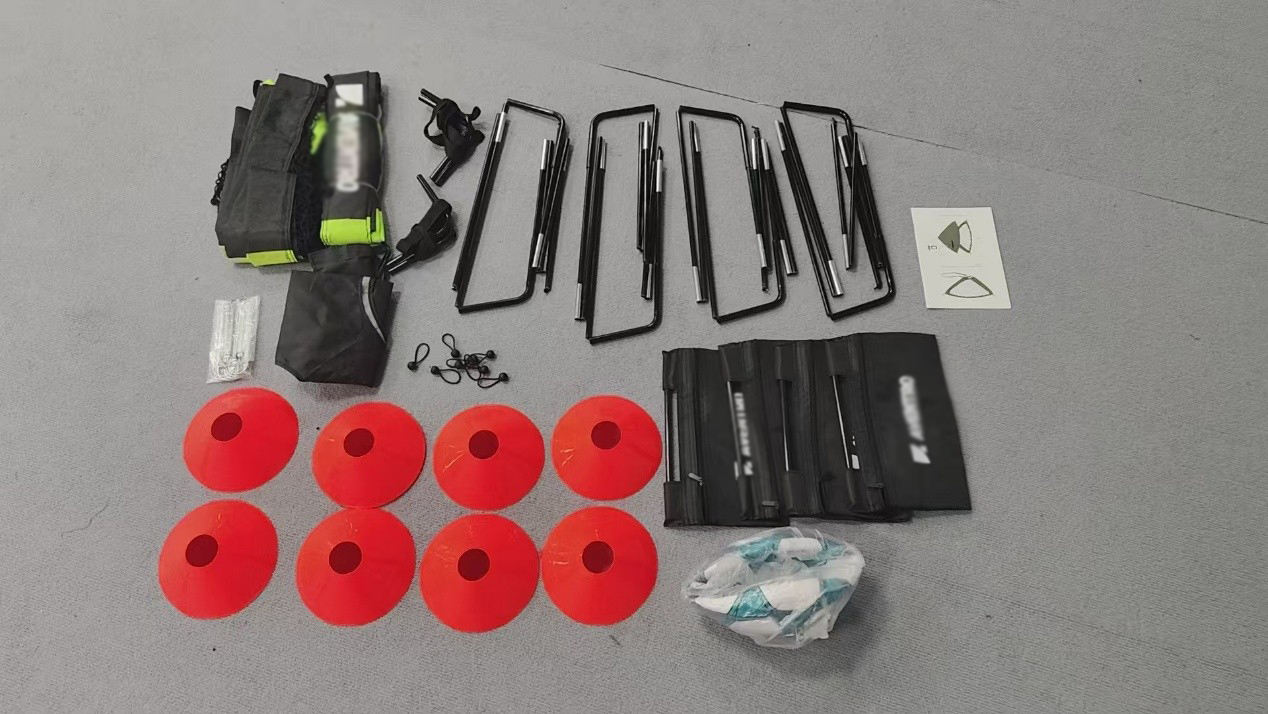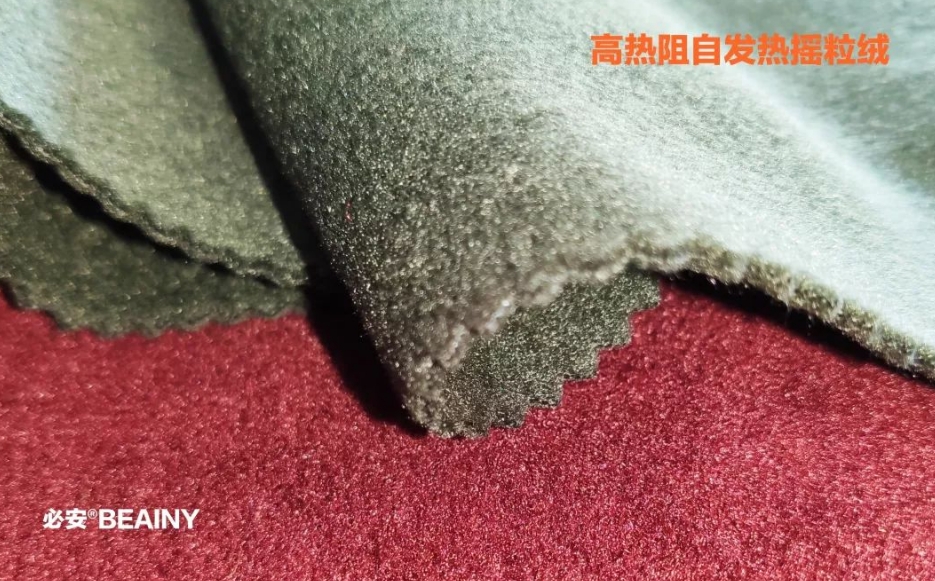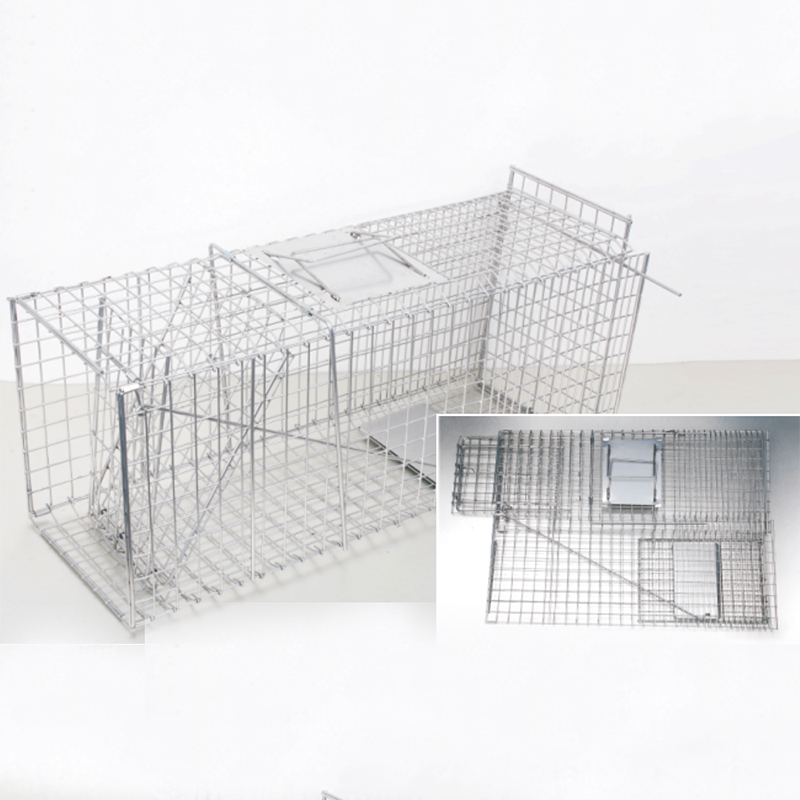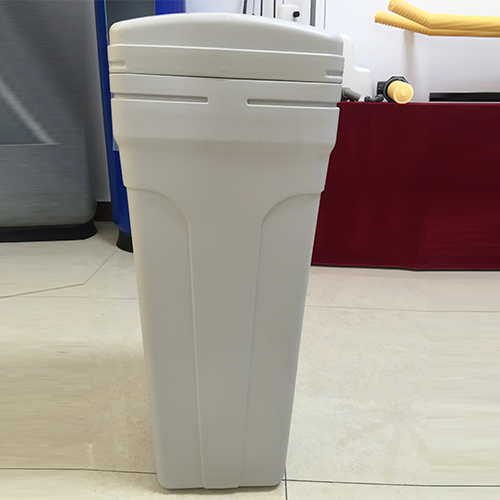The industrial production of caustic soda, chlorine and hydrogen in electrolytic brine solution is one of the important basic chemical industries. my country's chlor-alkali industry mainly adopts two production processes.
1. Diaphragm method
Diaphragm electrolysis uses a porous diaphragm to separate the anode and cathode regions, preventing mixing of anode products. Saturated brine is added from the polar regions, and the alkali and undecomposed brine generated in the cathode region continue to flow out. If the flow of brine is properly adjusted, the spherical value of the anode will be higher than the spherical value of the cathode, resulting in a certain static pressure difference, so that the anolyte flows to the cathode chamber, and its flow is opposite to the direction of electromigration and diffusion of the cathode ball OH-anode ball, thereby greatly reducing the The amount of OH- entering the anode is reduced, the oxygen reaction and other side effects are suppressed, and the anode efficiency is increased to more than 90%. The cathode region can increase the mass concentration of lye to 100 ~ 140G/L by reducing OH-loss.
2. Ion exchange membrane method
The electrolytic cell uses a cation exchange membrane to separate the anode and cathode compartments. Unlike asbestos chorion membranes, cation exchange membranes have selective permeation properties. It just lets Na carry a small amount of water molecules through, and it is difficult for other ions to pass through. When the electrolyte is used, a strictly refined NaCl solution is injected into the anode chamber from the lower part of the electrolytic cell, and water is injected into the cathode chamber. The Cl- in the anode compartment is discharged to generate chlorine, which is released from the top of the electrolytic cell, while Na carries a small amount of water molecules and flows into the cathode compartment through the cation exchange membrane. H is discharged in the cathode chamber, and H^2 is generated, which is also released from the top of the electrolytic cell. However, due to the blocking of the remaining OH-cation exchange membrane, it cannot move to the anode compartment, so it is gradually concentrated in the cathode compartment to form NaOH solution. With the progress of electrolysis, in order to supplement the consumption of NaCl, the anode chamber is continuously injected with refined physiological saline, and the cathode chamber is continuously injected with water to supplement the consumption of water and adjust the concentration of the product NaOH. The resulting lye is derived from the top of the cathode compartment. The cation exchange membrane can prevent the passage of Cl-, so the NaOH solution generated in the cathode compartment contains almost no NaCl impurities. The product produced by this method has higher concentration, higher purity and lower energy consumption than the product electrolyzed by the diaphragm method. It is the most advanced chlor-alkali production process at present.
Regardless of which method is used, the preservation of brine tanks is always an unavoidable problem. The traditional anti-corrosion construction of glass flakes is complicated and the quality is uneven, and it generally takes 1-2 years to re-corrosion. Huayu developed ZS-711 inorganic anti-corrosion coating for the working environment where chloride ions may appear to glass chlorine. The coating adopts the world's advanced anti-corrosion research and development technology. The solution is a new type of commercial Wafer special inorganic polymer chelation synthesis film solution. It is based on silicon oxide-SI-O-SI-KI-KI. The alkyl side chain is assisted, and then the anti-corrosion film of the single-chain polymerized hydroxyl group is used to connect the methyl group and the alkyl group (alkyl group) of the chelate on the silicon atom, which has a good ternary synergistic effect. The coatings are intertwined to form a three-dimensional network structure (IPN), with strong stability, reducing the impact on the interior of the polymer, denser film formation, good corrosion resistance, strong adhesion, and high temperature resistance.
Compared with the traditional anti-corrosion schemes of petroleum asphalt, polyethylene anti-corrosion tape, epoxy coal tar, polyethylene anti-corrosion layer, chlorosulfonated polyethylene and epoxy powder coating, the service life of ZS-711 inorganic anti-corrosion coating can be increased by more than two times. The reason is that its IPN is different from a simple blend, block or graft polymer, one is that IPN swells in the solvent but cannot be dissolved, and the other is that IPN does not creep and flow. ZS-711 inorganic polymer coating is composed of new inorganic polymer and dispersed activated metal, metal oxide nanomaterial and rare earth ultrafine powder. The inorganic polymer anti-corrosion coating, which is firmly combined with the substrate through chemical bonds, has no pollution to the environment, has a long service life, and has reached the international advanced level of anti-corrosion performance. It is a high-tech replacement product that meets environmental protection requirements.

 English
English Español
Español Português
Português русский
русский français
français 日本語
日本語 Deutsch
Deutsch Tiếng Việt
Tiếng Việt Italiano
Italiano Nederlands
Nederlands ไทย
ไทย Polski
Polski 한국어
한국어 Svenska
Svenska magyar
magyar Malay
Malay বাংলা
বাংলা Dansk
Dansk Suomi
Suomi हिन्दी
हिन्दी Pilipino
Pilipino Türk
Türk Gaeilge
Gaeilge عربى
عربى Indonesia
Indonesia norsk
norsk اردو
اردو čeština
čeština Ελληνικά
Ελληνικά Українська
Українська Javanese
Javanese فارسی
فارسی தமிழ்
தமிழ் తెలుగు
తెలుగు नेपाली
नेपाली Burmese
Burmese български
български ລາວ
ລາວ Latine
Latine Қазақ
Қазақ Euskal
Euskal Azərbaycan
Azərbaycan slovenský
slovenský Македонски
Македонски Lietuvos
Lietuvos Eesti Keel
Eesti Keel Română
Română Slovenski
Slovenski मराठी
मराठी Српски
Српски 简体中文
简体中文 Esperanto
Esperanto Afrikaans
Afrikaans Català
Català עִברִית
עִברִית Cymraeg
Cymraeg Galego
Galego 繁体中文
繁体中文 Latvietis
Latvietis icelandic
icelandic יידיש
יידיש Беларус
Беларус Hrvatski
Hrvatski Kreyòl ayisyen
Kreyòl ayisyen Shqiptar
Shqiptar Malti
Malti lugha ya Kiswahili
lugha ya Kiswahili አማርኛ
አማርኛ Bosanski
Bosanski Frysk
Frysk ជនជាតិខ្មែរ
ជនជាតិខ្មែរ ქართული
ქართული ગુજરાતી
ગુજરાતી Hausa
Hausa Кыргыз тили
Кыргыз тили ಕನ್ನಡ
ಕನ್ನಡ Corsa
Corsa Kurdî
Kurdî മലയാളം
മലയാളം Maori
Maori Монгол хэл
Монгол хэл Hmong
Hmong IsiXhosa
IsiXhosa Zulu
Zulu Punjabi
Punjabi پښتو
پښتو Chichewa
Chichewa Samoa
Samoa Sesotho
Sesotho සිංහල
සිංහල Gàidhlig
Gàidhlig Cebuano
Cebuano Somali
Somali Точик
Точик O'zbek
O'zbek Hawaiian
Hawaiian سنڌي
سنڌي Shinra
Shinra հայերեն
հայերեն Igbo
Igbo Sundanese
Sundanese Lëtzebuergesch
Lëtzebuergesch Malagasy
Malagasy Yoruba
Yoruba










